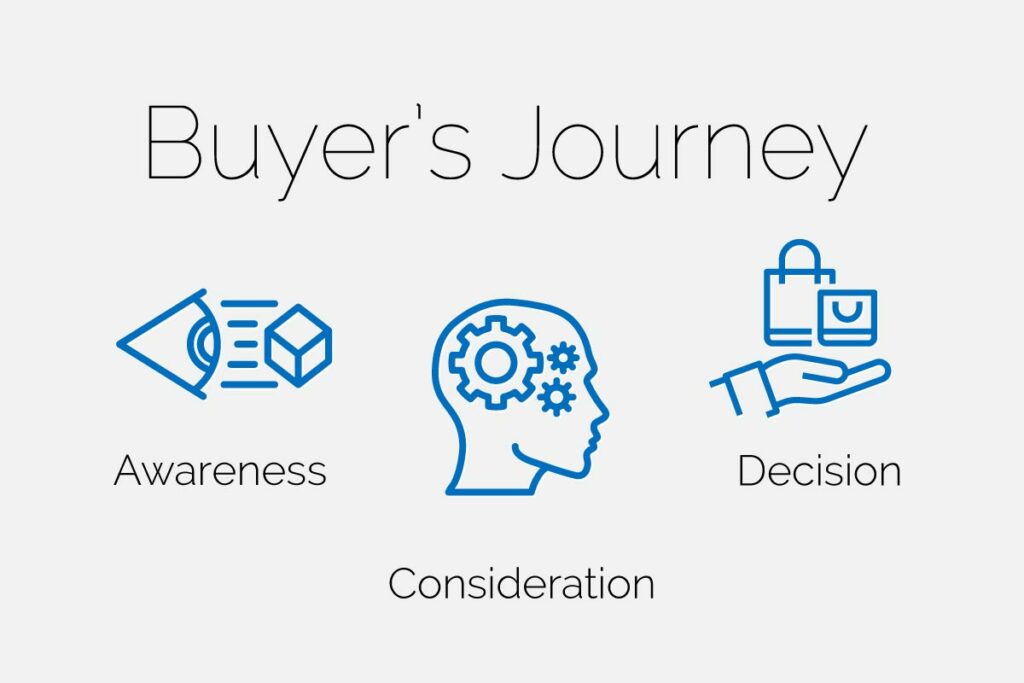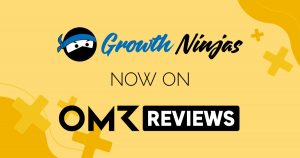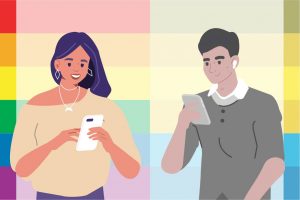The Buyer’s Journey maps the complete “journey” that your leads take from the first interaction (e.g. on the website) to the satisfied customer. Planned, in a structured way and with a strategic focus. The Buyer’s Journey is thus the foundation of the entire Lead Generation.
What is the Buyer's Journey?
The Buyer’s Journey is the process that customers go through before they buy a product or service.
The path consists of three sections:
- the consciousness phase,
- the consideration phase and
- the decision phase.
You can draw qualified leads from all three phases!
Awareness Stage
In the awareness phase, potential customers (“leads”) become aware of a problem, need, or opportunity and decide whether to prioritize it. They Google the problem at hand, look around on various social media channels or ask friends for advice.
What do you need to do?
It is important to provide potential customers with helpful information at this stage, as well as to answer their questions that may arise at this stage. This is not yet about sales communication, but purely about raising awareness and creating trust. You can position yourself here as an expert in your industry. This helps when potential customers move on to the next stage, as they will already know about your company and can come back to it.
Three questions you can ask yourself here:
- How would customers describe their problems?
- How do customers get information?
- How can you help customers get helpful information? // What useful (online) content can you create?
Consideration Stage
In the consideration phase, interested parties (“prospects”) recognized their problem and decided to become active. In this phase, they look at all potential options and weigh which might be the right solution or product. They gather information, research potential providers and compare them. Under certain circumstances, contact is already made with companies here in order to obtain further information.
What do you need to do?
Here it is important to draw attention to your offer – for example, through a Google search ad or organic search hits to your landing page with coordinated content. Also, consider what information prospects need to evaluate your product and provide it in as manageable a way as possible.
Three questions you can ask yourself here:
- What options are your customers considering?
- What criteria do customers use to evaluate the available options?
- How can I make customers aware of my offer and educate them?
DECISION Stage
In the decision phase, interested parties have decided in favor of your solution – interested parties become customers. Up to this point, customers must be carefully accompanied. The inbound methodology offers good opportunities to precisely address the specific needs of customers.
What do you need to do?
They know all the pros and cons of your product and will make their decision based on that information. Here, it is a matter of responding precisely to the specific needs and, at best, personalizing them as much as possible. In addition, one should use different tools – e.g. with testimonials or webinars – to further build credibility and trust.
Three questions you can ask yourself here:
- Who will be involved in the decision-making process?
- What help do customers need at this stage and when buying the product/service? (e.g. trainings)
- How can I help customers close the deal smoothly?
Of course, the Buyer’s Journey strategy and, deeply interwoven with it, the content strategy, must be adapted individually for each company. Each product requires a customized strategy and for each target group different measures are target-oriented. This means that many different factors have to be taken into account when considering the buyer’s journey…
If you are currently having problems acquiring new leads, we will be happy to advise you and help you reach your potential customers in the best possible way.
Until the next update – your Growth Ninjas,
Adrienne, David, Hermann, Johannes, Katharina B., Katharina T., Stefan K. & Stefan G.




